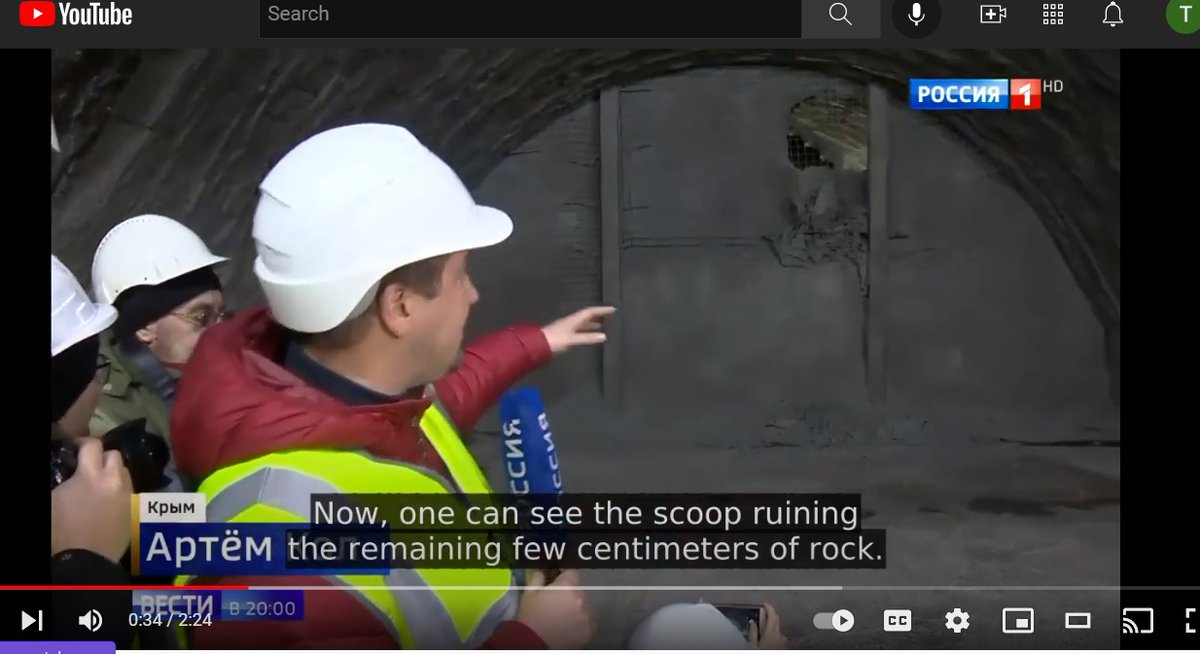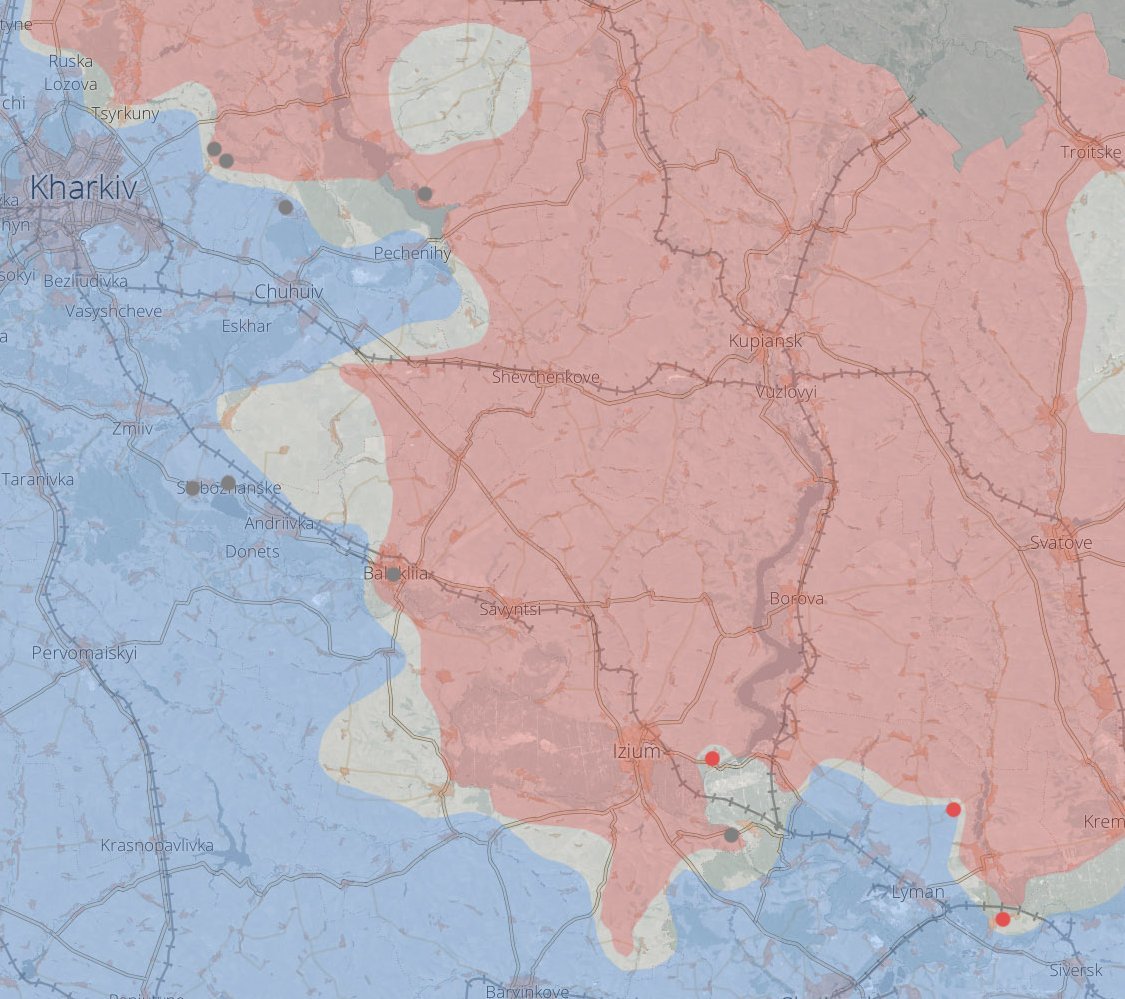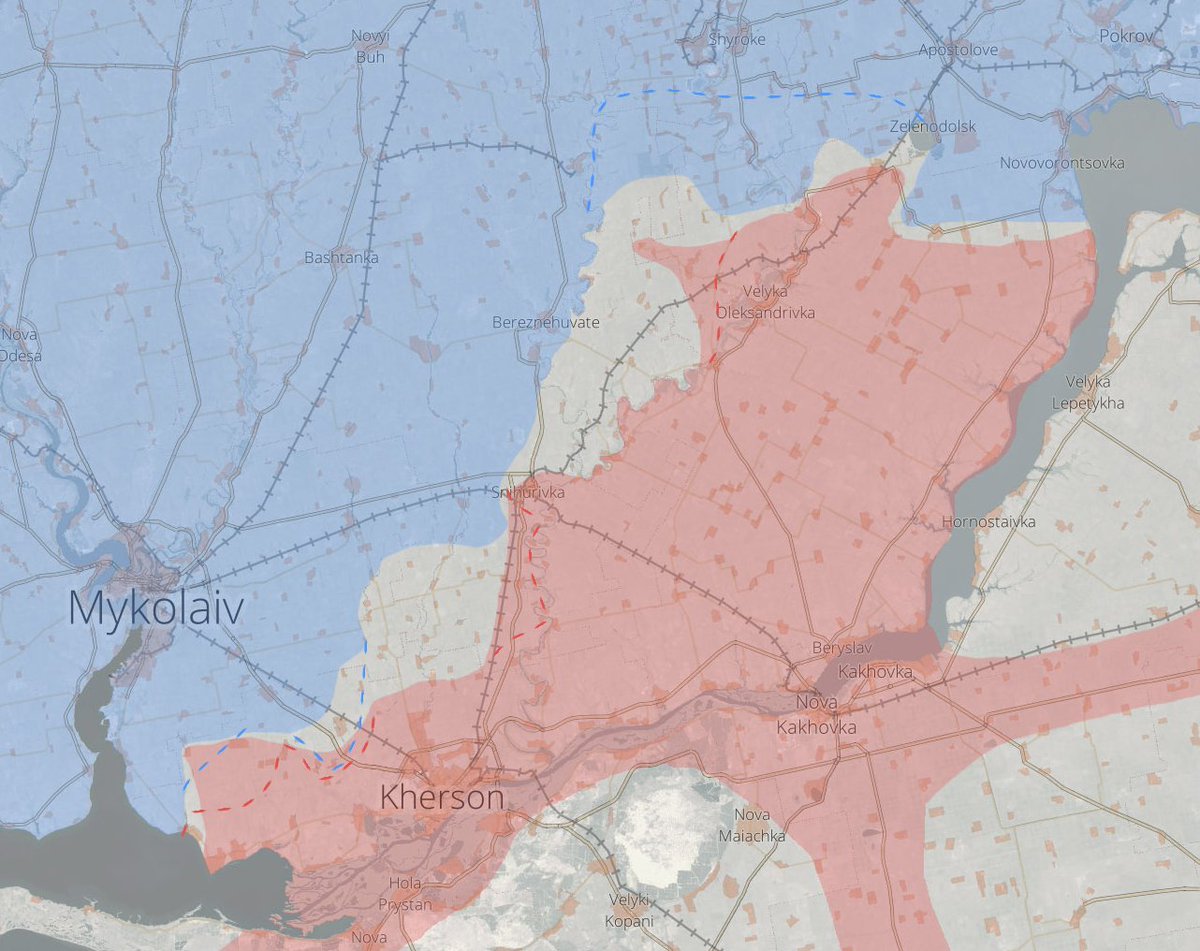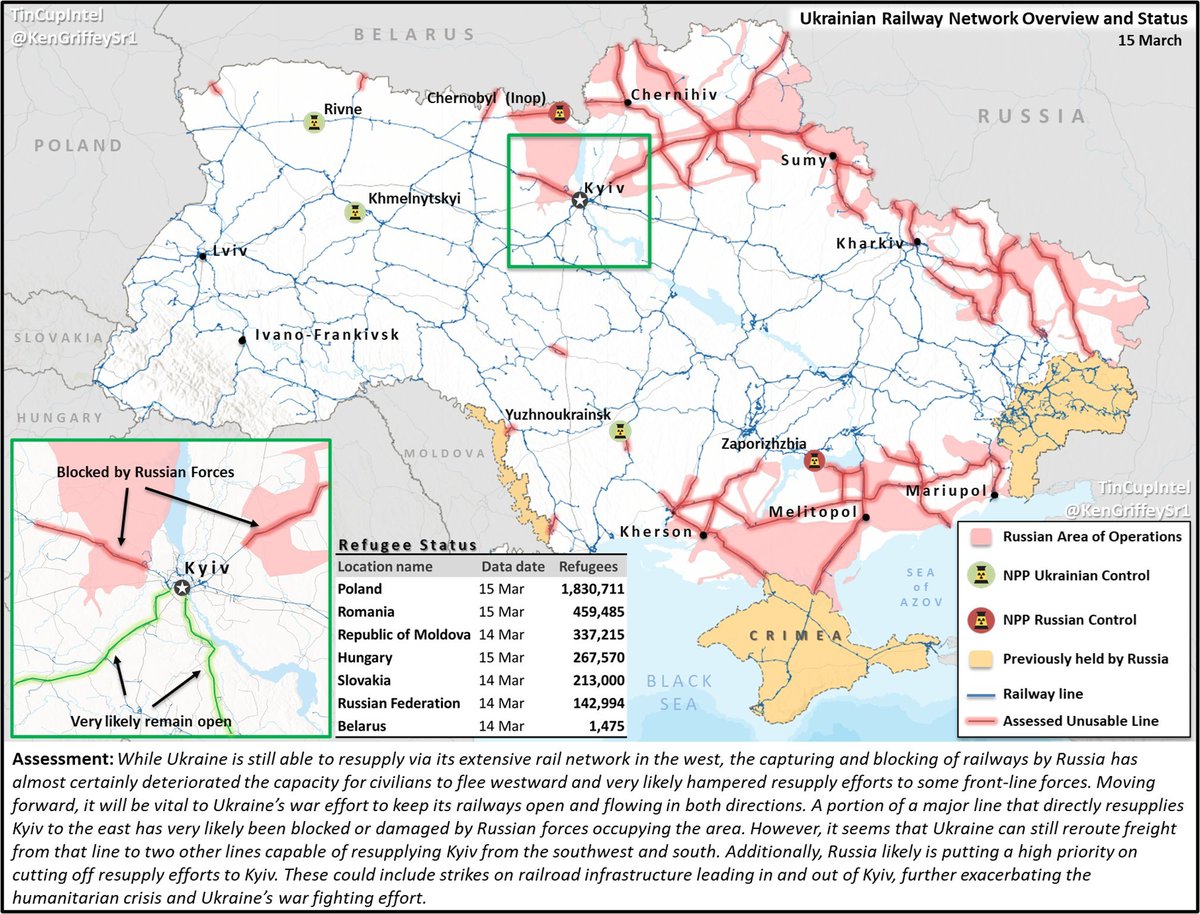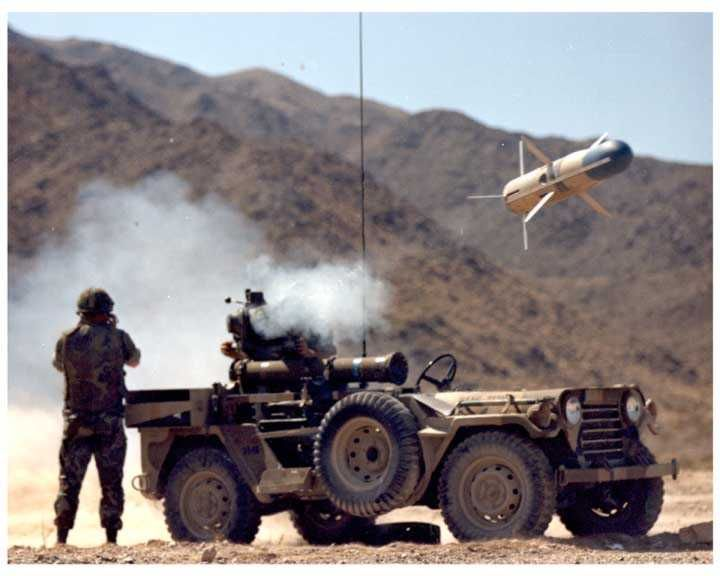
The interview I did with TVP World on the battlefield impact of HIMARS/GMLRS in the Russo-Ukrainian War, & the reasons why the Russian S-400 was incapable of stopping GMLRS strikes, has been posted at the link.
1/
1/
Since I've gotten a lot of pushback to the effect that "Trent Telenko can't be an expert on everything."
I am going to start by agreeing with that criticism. I'm not an expert.
An expert is someone who knows more and more about less and less.
2/
I am going to start by agreeing with that criticism. I'm not an expert.
An expert is someone who knows more and more about less and less.
2/
I'm a retired DoD quality auditor & amateur historian.
A large part of a DoD quality auditor's skills set is developing audit methodologies to test 'expert badges' and see if they applied to the relevant contract technical specifications.
The questions you ask an
3/
A large part of a DoD quality auditor's skills set is developing audit methodologies to test 'expert badges' and see if they applied to the relevant contract technical specifications.
The questions you ask an
3/
...electrical engineer are different from a mechanical engineer and are different from a civil engineer.
This requires scanning thousands of pages of contracts, technical data packages, military specifications & standards for the few applicable paragraphs to put in your
4/
This requires scanning thousands of pages of contracts, technical data packages, military specifications & standards for the few applicable paragraphs to put in your
4/
...audit plan.
After you execute that plan. You write a report, sweat out a summary and put together a few Powerpoint slides.
Imagine having to cram for your graduate degree orals on your paper every few days while writing & speaking it in bureaucratic passive voice
5/
After you execute that plan. You write a report, sweat out a summary and put together a few Powerpoint slides.
Imagine having to cram for your graduate degree orals on your paper every few days while writing & speaking it in bureaucratic passive voice
5/
...with Powerpoint slides to a panel you don't know which always finds something wrong.
Defending the audit methodology is the easy part.
The unsettling conclusions they don't want to hear is why you use the bureaucratic passive voice.
6/
Defending the audit methodology is the easy part.
The unsettling conclusions they don't want to hear is why you use the bureaucratic passive voice.
6/
And when you retire, you can stop using the passive voice. 😇
The rest of this thread lays out the resources I tapped for the TVP interview to explain why the S-400 failed to stop the GMLRS.
7/
The rest of this thread lays out the resources I tapped for the TVP interview to explain why the S-400 failed to stop the GMLRS.
7/
Almaz-Antey 40R6 / S-400 Triumf
Self Propelled Air Defence System / SA-21
Technical Report APA-TR-2009-0503
by Dr Carlo Kopp, AFAIAA, SMIEEE, PEng
© 2009 - 2012 Carlo Kopp
8/
ausairpower.net/APA-S-400-Triu…


Self Propelled Air Defence System / SA-21
Technical Report APA-TR-2009-0503
by Dr Carlo Kopp, AFAIAA, SMIEEE, PEng
© 2009 - 2012 Carlo Kopp
8/
ausairpower.net/APA-S-400-Triu…
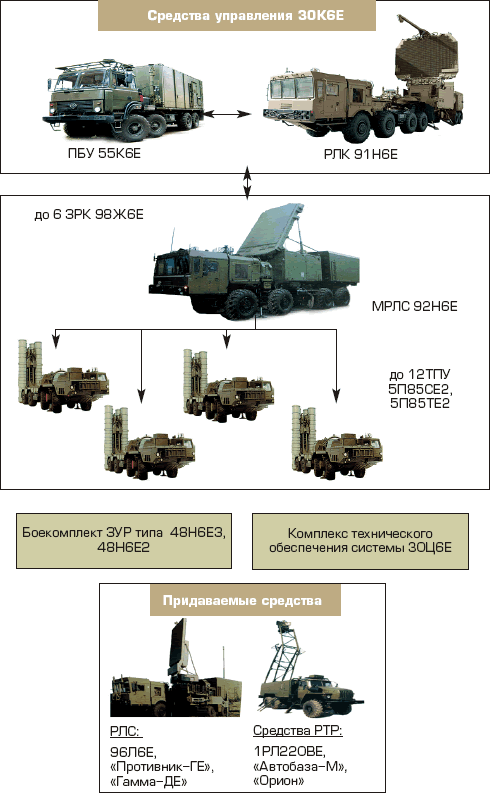
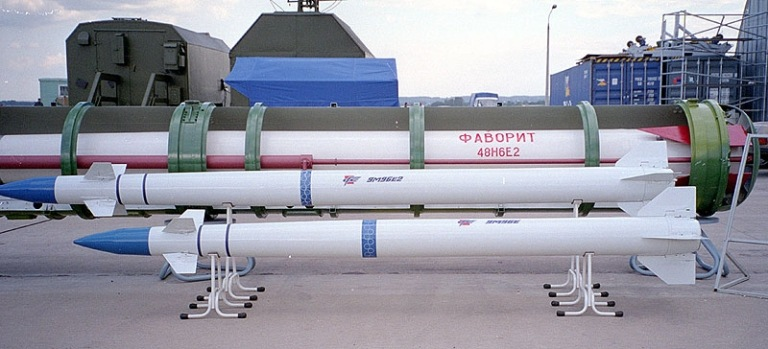
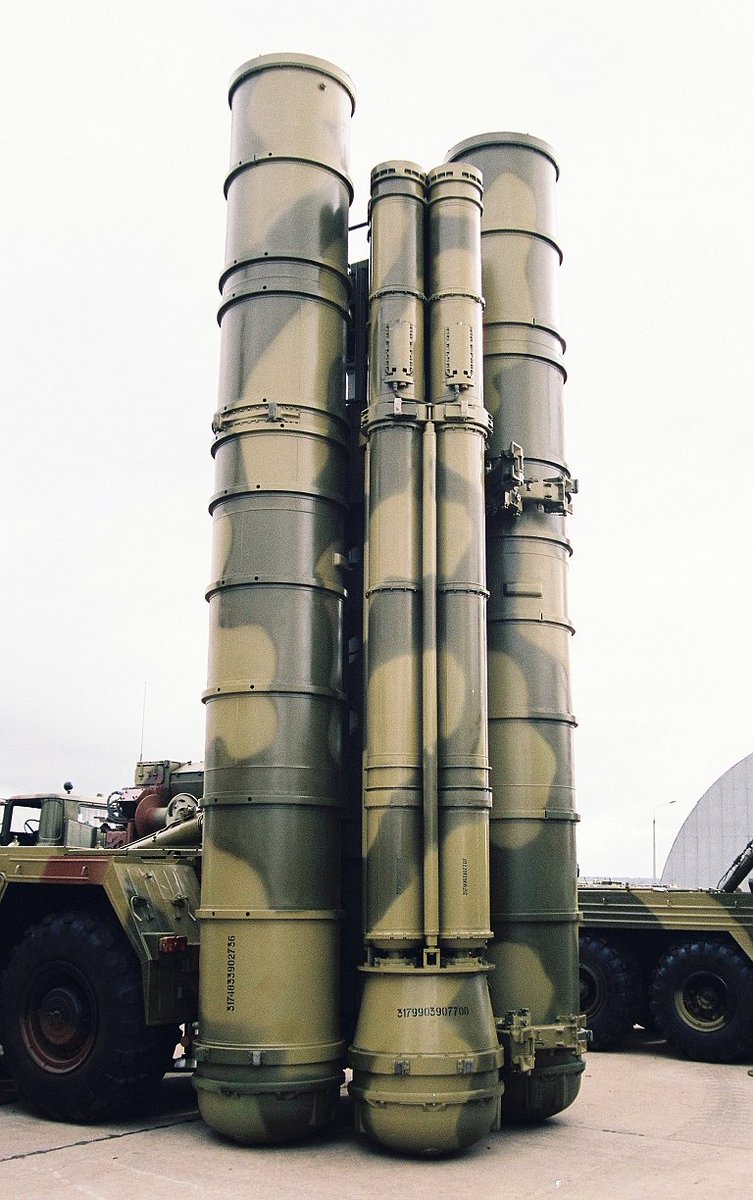
NNIIRT 1L119 Nebo SVU / RLM-M Nebo M
Assessing Russia's First Mobile VHF AESAs
Technical Report APA-TR-2008-0402
by Dr Carlo Kopp, AFAIAA, SMIEEE, PEng
© 2008 - 2012 Carlo Kopp
9/
ausairpower.net/APA-Nebo-SVU-A…

Assessing Russia's First Mobile VHF AESAs
Technical Report APA-TR-2008-0402
by Dr Carlo Kopp, AFAIAA, SMIEEE, PEng
© 2008 - 2012 Carlo Kopp
9/
ausairpower.net/APA-Nebo-SVU-A…
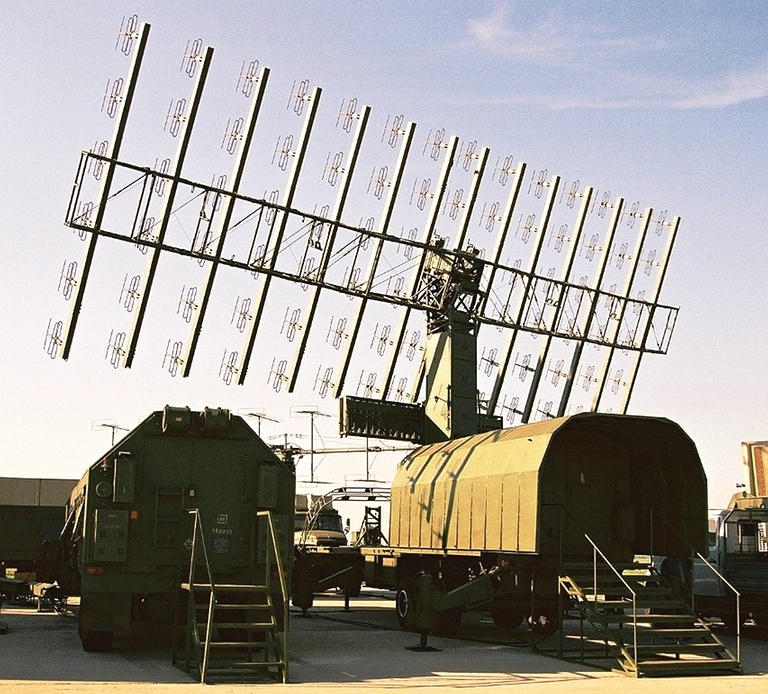
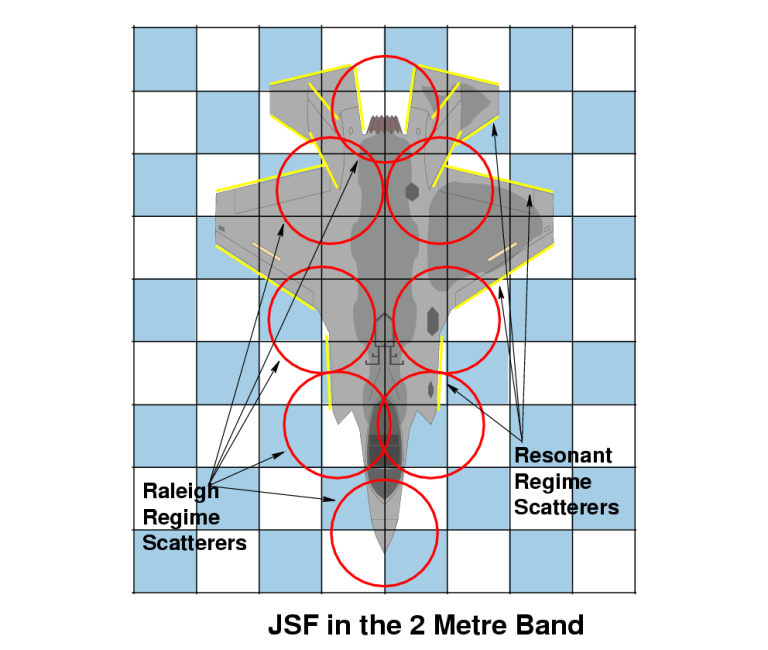
Warsaw Pact / Russian Air Defence Command Posts
Technical Report APA-TR-2008-0602
© 2008 - 2012 Carlo Kopp
10/
ausairpower.net/APA-Rus-ADCP-C…
Technical Report APA-TR-2008-0602
© 2008 - 2012 Carlo Kopp
10/
ausairpower.net/APA-Rus-ADCP-C…
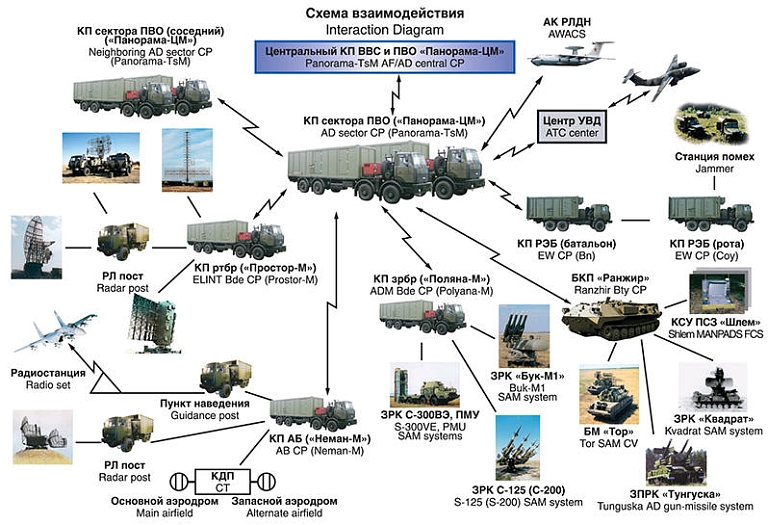
Russian / Soviet Point Defence Weapons
Technical Report APA-TR-2008-0502
by Dr Carlo Kopp, AFAIAA, SMIEEE, PEng
© 2008 - 2012 Carlo Kopp
11/
ausairpower.net/APA-Rus-PLA-PD…
Technical Report APA-TR-2008-0502
by Dr Carlo Kopp, AFAIAA, SMIEEE, PEng
© 2008 - 2012 Carlo Kopp
11/
ausairpower.net/APA-Rus-PLA-PD…
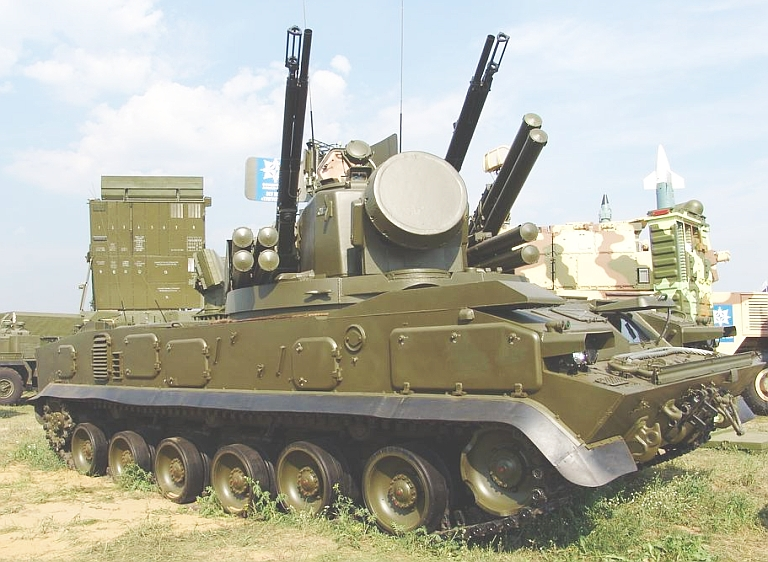
KBP 2K22/2K22M/M1 Tunguska SA-19 Grison /
96K6 Pantsir S1 / SA-22 Greyhound SPAAGM
Technical Report APA-TR-2009-0703
by Dr Carlo Kopp, AFAIAA, SMIEEE, PEng
Text © 2009-2012 Carlo Kopp
12/
ausairpower.net/APA-96K6-Pants…
96K6 Pantsir S1 / SA-22 Greyhound SPAAGM
Technical Report APA-TR-2009-0703
by Dr Carlo Kopp, AFAIAA, SMIEEE, PEng
Text © 2009-2012 Carlo Kopp
12/
ausairpower.net/APA-96K6-Pants…
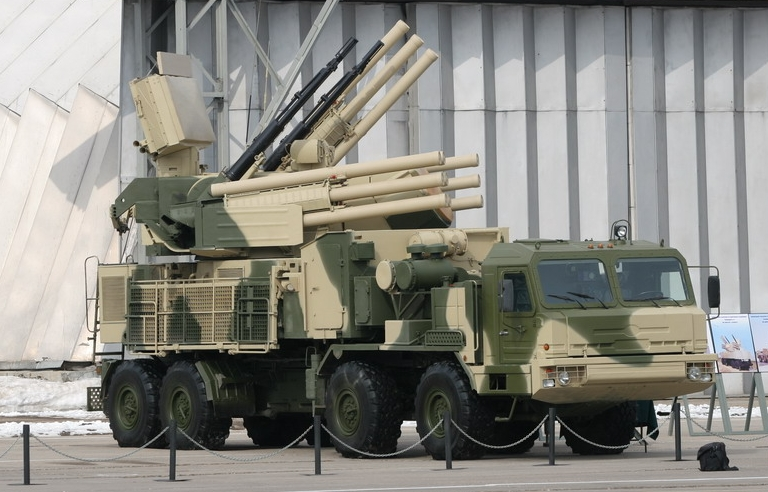
S-400 failure vs GMLRS boils down to the S-400 being built to stop the F-35 and Pershing 2 class missiles.
The 227mm dia. GMLRS is a lot smaller than the S-400's rotating 2 meter wavelength anti-stealth AESA radar can easily see nose on and it is in the air only ~150 sec.
13/
The 227mm dia. GMLRS is a lot smaller than the S-400's rotating 2 meter wavelength anti-stealth AESA radar can easily see nose on and it is in the air only ~150 sec.
13/
Any and all mistakes I've made in my research & that interview are mine and mine alone.
14/End
14/End
• • •
Missing some Tweet in this thread? You can try to
force a refresh





